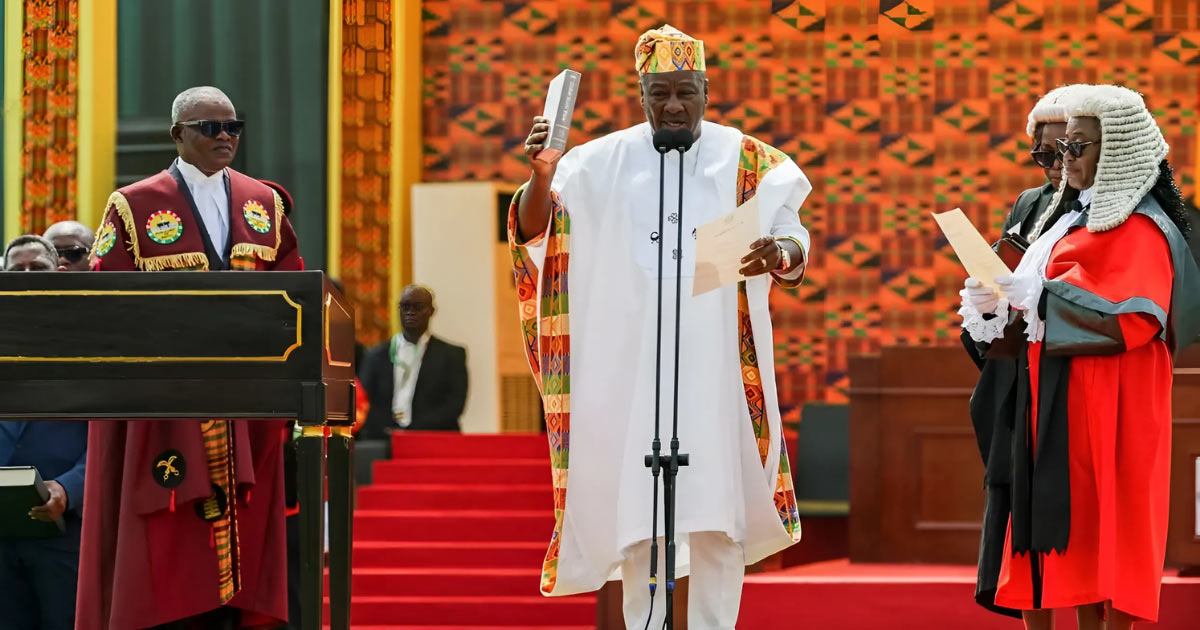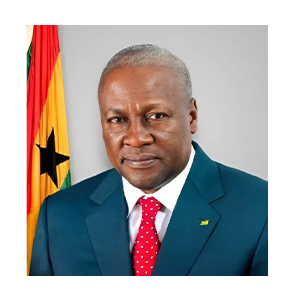On May 17, 2024, Ghana reached a final agreement with its bilateral creditors, including the Paris Club and China, to restructure $5.4 billion of external debt, a major step following its December 2022 default—the first in the country’s history—with continued negotiations underway with bondholders and private lenders 111 222.
Ghana, once one of Africa’s fastest-growing economies, fell into a severe debt crisis over the last three years. The country defaulted on most of its external debt in December 2022 amid soaring inflation, a currency crash, and unsustainable borrowing. The current restructuring agreement is a key milestone in its effort to stabilize its economy and regain access to international capital markets.
To understand what went wrong, we need to unpack three main causes: overspending, external shocks, and currency depreciation.
First, Ghana’s government borrowed aggressively throughout the 2010s, driven by ambitious infrastructure projects and social programs. By 2021, its public debt had ballooned to over 80% of GDP. The government increasingly relied on issuing Eurobonds—dollar-denominated loans sold to foreign investors—which became risky as global interest rates rose 333.
Second, external shocks—especially the COVID-19 pandemic and Russia’s invasion of Ukraine—devastated the economy. Ghana is a major importer of fuel and food, and the war pushed up prices globally. At the same time, the country’s key exports—cocoa, gold, and oil—faced price and production fluctuations. The result: a widening trade deficit and declining foreign exchange reserves.

Third, the Ghanaian cedi lost more than 50% of its value in 2022, making it harder to repay foreign loans and contributing to spiraling inflation that peaked at over 50% in early 2023 444.
By late 2022, Ghana had no choice but to stop paying foreign creditors. It requested a bailout from the International Monetary Fund (IMF) and began working on a restructuring plan. In May 2023, it secured a $3 billion IMF deal, contingent on meeting certain economic reforms and successfully renegotiating debt with creditors 555.
The May 2024 deal with bilateral lenders like China and the Paris Club was crucial for unlocking the second tranche of IMF funds. The government is now turning to private bondholders, hoping to reach a deal by the end of the year.
Ghana’s crisis matters—not just for Ghanaians, but as a warning sign for many low- and middle-income countries in Africa.
For investors and economists, Ghana’s default has reopened old questions about the sustainability of borrowing in emerging markets. Several African nations—Zambia, Ethiopia, and Kenya among them—are facing similar pressures from expensive foreign debt, falling currencies, and dwindling revenues. What happened in Ghana could happen elsewhere.
For policymakers, the situation shows the risks of heavy reliance on external debt and short-term bonds. Ghana’s case also highlights the growing complexity of global debt restructuring, especially with China now a major lender alongside Western institutions. Unlike in the past, the “Paris Club” (a group of mostly Western government lenders) no longer holds all the cards. Future restructurings will require more coordination and compromise between different creditors.
For ordinary citizens, the consequences of a debt crisis are very real. In Ghana, austerity measures required by the IMF have led to fuel subsidy cuts, tax hikes, and reduced government spending. Inflation has eroded savings, and access to essentials like food and medicine has become more difficult. This means even when macroeconomic indicators begin to improve, people on the ground may feel worse off for years.
Looking ahead, Ghana’s path to recovery is long but not impossible. Restoring trust in the economy, strengthening tax collection, and reducing wasteful spending will be essential. The country also needs to focus on expanding its export base and improving local production capacity to reduce dependency on imports.
Ultimately, Ghana’s experience is a wake-up call for African economies to rethink how they finance growth, prioritizing long-term stability over short-term gains. It also underscores the importance of transparency and sound financial management in building investor confidence.








